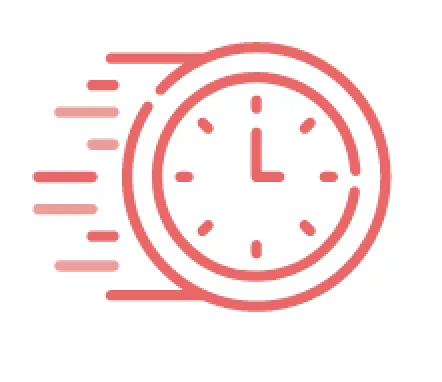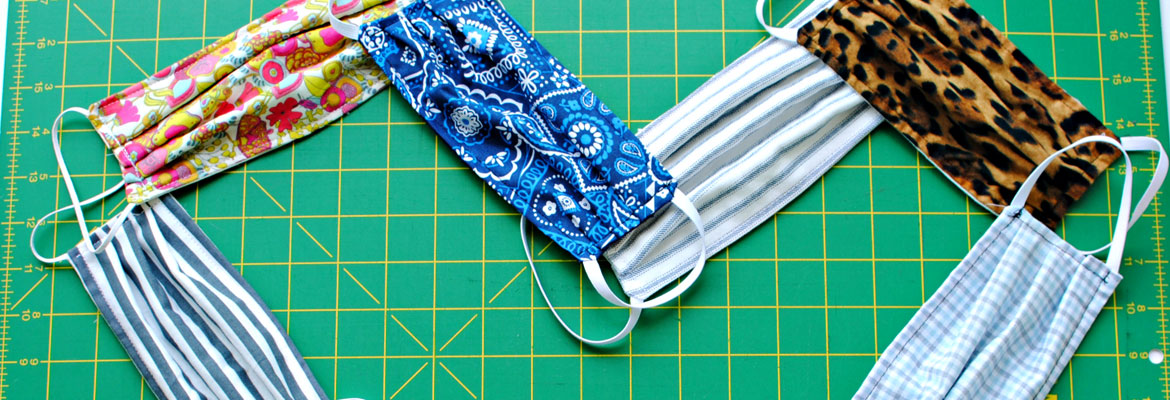While there’s no substitute for social distancing, the Centers for Disease Control and Prevention (CDC) now recommends wearing cloth face coverings in public settings, such as grocery stores and pharmacies.
The good news is that it’s easy to sew a cloth face mask using everyday supplies like cotton fabric and elastic. What’s more, the face mask pattern below is well-suited for making masks in bulk for friends and family and can easily be adjusted to fit children. If you don’t have elastic available, you can sew a face mask using jersey string, fabric straps, or bias tape.
The directions below offer two options for sewing a mask: a simple fabric face mask and a face mask with a filter. Click on the option that’s best for you to get complete step-by-step directions.

Simple Fabric Face Mask
Making homemade face masks for friends, family, and yourself can be fast and easy. Plus, it’s a great way to keep you—and those around you—covered when you’re in a public setting.

Face Mask With a Filter Insert
Those looking for an added layer of protection may want to wear cloth face masks with filters. Learn how to create an added pocket in you mask so you can easily insert a filter inside.
Cloth Face Mask FAQs
- Cloth face masks have not been proven to provide effective protection against the spread of viruses. Visit the CDC for more information.
- Cloth face coverings should not be placed on young children under age 2, anyone who has trouble breathing, or is unconscious, incapacitated or otherwise unable to remove the mask without assistance.


